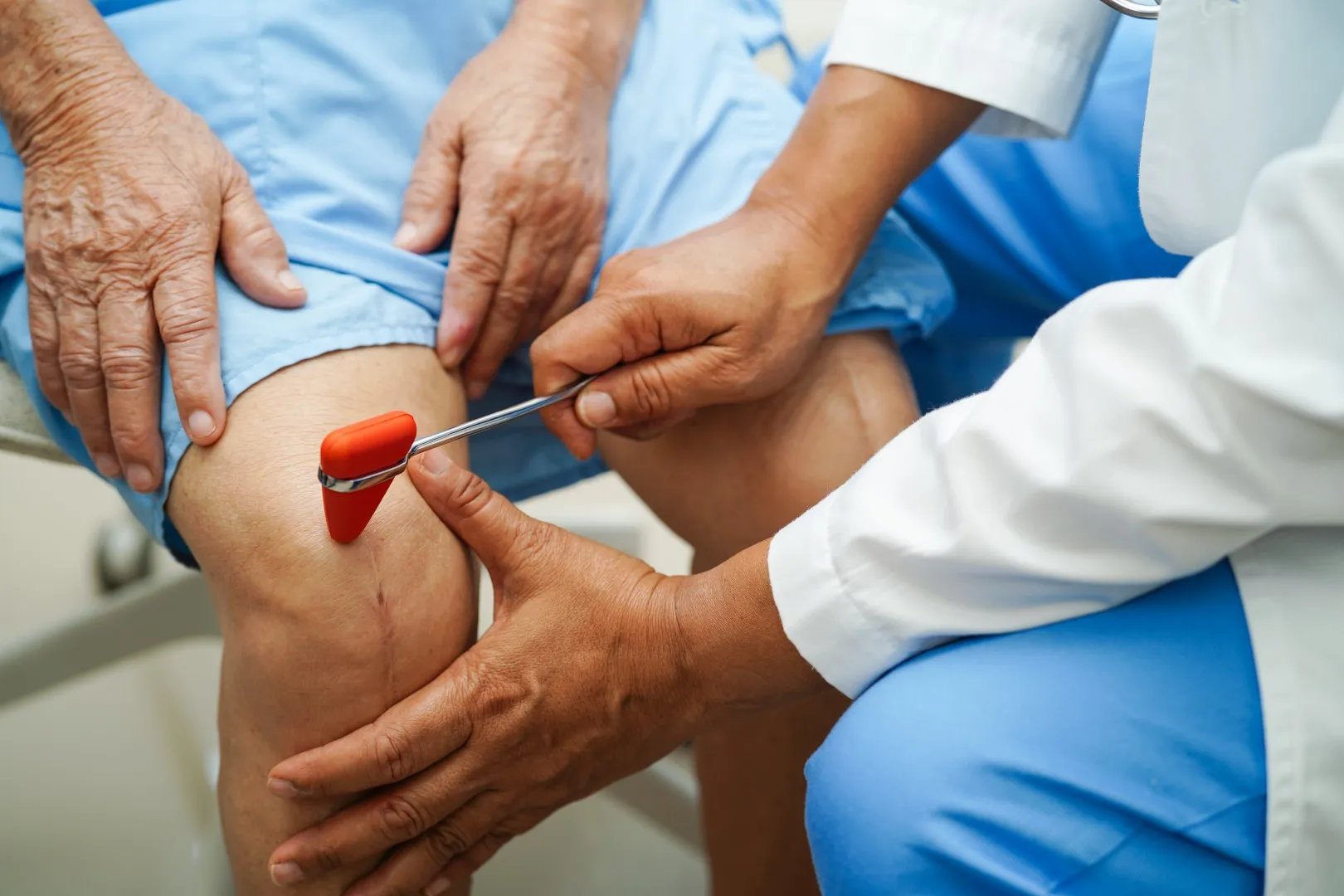
When the meniscus tears completely or partially at the anterior or posterior root where it connects to the tibia, or bone, this is known as a meniscal root tear. This injury, often overlooked or misdiagnosed, affects the anchor point where the meniscus connects to the tibia (shinbone). When this root is damaged—either partially or completely—it alters the biomechanics of the knee, leading to discomfort, instability, and an increased risk of early-onset osteoarthritis. Dr. Amish Shah, a well-trained and highly experienced orthopedic surgeon, specializes in diagnosing and treating complex knee injuries, including Meniscus Root Tear Treatment. With over 15 years of experience and more than 10,000 orthopedic surgeries performed, Dr. Shah provides expert care tailored to each patient's condition.
Understanding Meniscus Root Tear
The meniscus is a crescent-shaped cartilage that cushions and stabilizes the knee joint. Each knee has two menisci: the medial (inner) and lateral (outer). These menisci are attached to the tibia via root ligaments. A Meniscus Root Tear affects this critical attachment point, compromising the structure and function of the entire knee joint.
Such tears are classified into five types:
- Partial stable root tear
- Complete radial tear
- Complex oblique tear
- Bucket handle tear with root detachment
- Avulsion fractures at the root
Common Causes of Meniscus Root Tear
A Meniscus Root Tear can result from several causes:
- Sports-related injuries: Sudden twisting or pivoting motions during high-impact sports
- Degenerative changes: Common in adults over 50 due to aging cartilage
- Direct trauma: Accidents or a direct blow to the knee
- Pre-existing conditions: Issues like ACL injuries or chronic meniscal damage
Symptoms to Watch For
- Sharp pain in the knee, especially when squatting or twisting
- Swelling and stiffness
- A popping sensation at the time of injury
- Difficulty bearing weight on the affected knee
- Gradual loss of knee function and mobility
Diagnosis: How It's Done
An accurate diagnosis is critical to formulating the right Meniscus Root Tear Treatment plan. Diagnosis typically involves:
- Physical examination: Assessing mobility, stability, and range of motion
- MRI scan: The most effective imaging tool to confirm the type and severity of the tear
- X-rays: To rule out associated fractures or degeneration
Recovery Timeline
Post-surgical recovery is a critical part of Meniscus Root Tear Treatment and usually involves:
- Immobilization using braces for 4 to 6 weeks
- Physiotherapy starting from week 2
- Gradual weight-bearing activities from week 6 onwards
- Return to sports in 4 to 6 months, depending on healing and strength
Each recovery plan is personalized to promote faster healing and long-term joint health.
Why Choose Us
We combine advanced orthopedic care with a compassionate, patient-first approach. Under the leadership of Dr. Amish Shah, our team offers comprehensive diagnosis, personalized treatment planning, and state-of-the-art surgical techniques for Meniscus Root Tear Treatment. With a track record of over 10,000 successful orthopedic procedures, our hospital is equipped with modern technology and a dedicated physiotherapy unit that supports full recovery and long-term joint function. We are committed to restoring your mobility and improving your quality of life with precision and care.
Conclusion
A Meniscus Root Tear is a serious injury that can greatly affect your knee's function and your overall mobility. However, with timely diagnosis and appropriate Meniscus Root Tear Treatment, patients can regain strength, stability, and return to their active lives. Dr. Amish Shah is dedicated to delivering expert care backed by experience and innovation. If you suspect a knee injury or are experiencing chronic pain, don't delay your recovery—seek professional orthopedic consultation today.
Want to know more about Meniscus Root Tear and available Meniscus Root Tear Treatment options? Call us at +91 7990430025 or Book A Consultation. Let Dr. Amish Shah help you recover the right way.